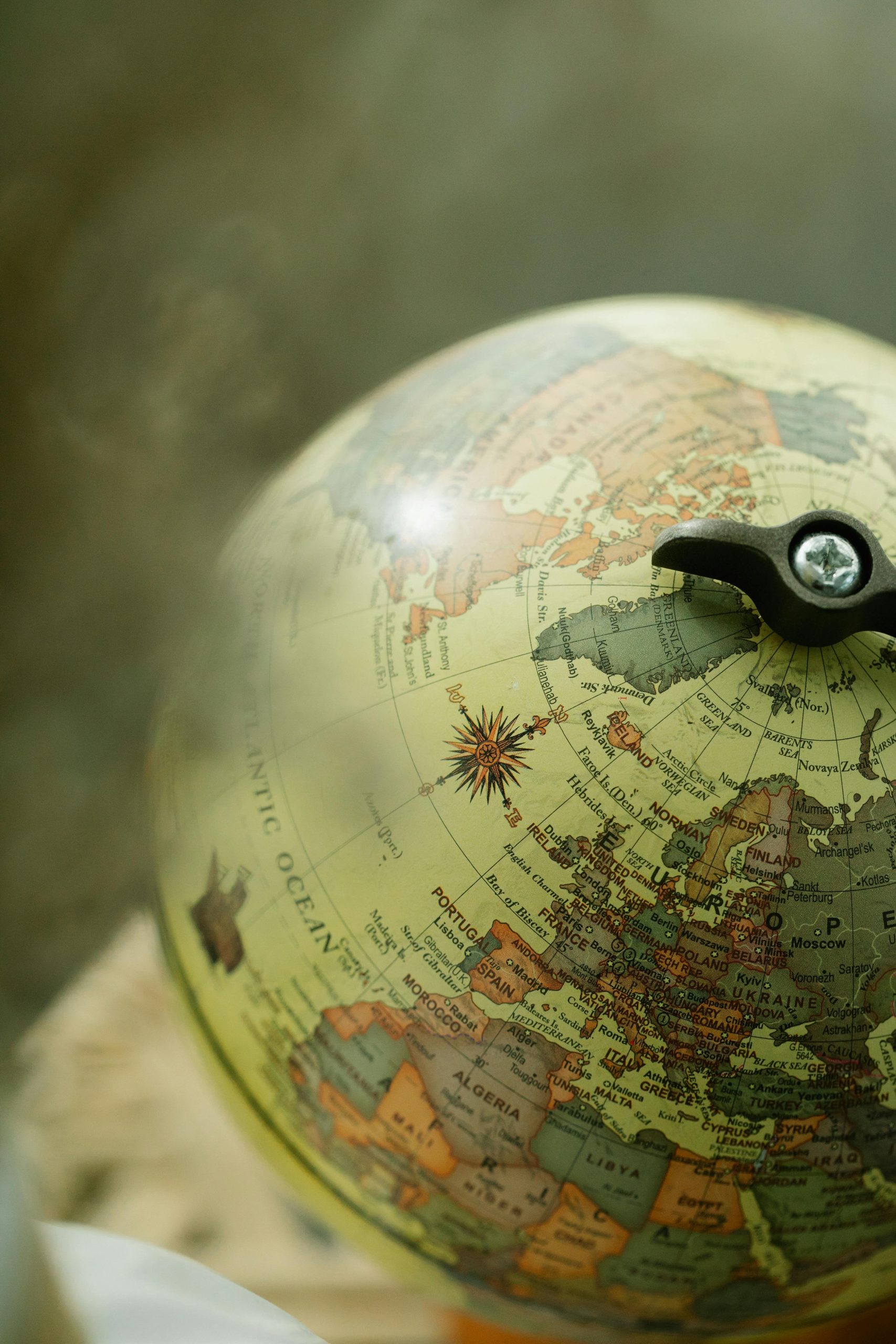Creating an Interactive 3D Globe for Your Website: A Step-by-Step Guide
In today’s digital landscape, engaging visitors with interactive visual elements can significantly enhance user experience. One compelling feature is an animated, interactive globe — a captivating way to display data, locations, or just add visual interest to your project. If you’ve come across such a globe and wish to incorporate something similar into your website, you’re in the right place. This guide will walk you through the essentials of creating a dynamic, animated globe with customization options for your unique needs.
Understanding the Concept
An interactive globe typically combines 3D rendering, animation, and user interactivity. Such features enable users to explore various regions, view data overlays, or simply appreciate a moving Earth representation. Modern web development tools make creating these visualizations accessible even to those with moderate coding experience.
Getting Started with Tools and Technologies
Several libraries and tools facilitate building interactive globes:
-
Three.js: A powerful JavaScript library for 3D graphics rendering in the browser. It allows you to create detailed, animated 3D models, including globes.
-
Mapbox GL JS: Provides interactive maps with 3D terrain capabilities, suitable for geographical visualizations.
-
CesiumJS: An open-source JavaScript library for creating 3D globes and maps with extensive features.
-
D3.js with TopoJSON: For more data-driven maps, combining D3.js with geographic data formats allows for customized globe visualizations.
Step-by-Step Implementation
1. Set Up Your Development Environment
Begin with a basic HTML template and include the necessary libraries. For example, to use Three.js:
“`html
“`
2. Create the Globe Model
Use a sphere geometry to represent Earth. Map a texture (e.g., satellite imagery) onto the sphere for realistic visuals.
javascript
const geometry = new THREE.SphereGeometry(1, 64, 64);
const textureLoader = new THREE.TextureLoader();
const earthTexture = textureLoader.load('path_to_earth_texture.jpg');
const material = new THREE.MeshBasicMaterial({ map: earthTexture });
const globe = new THREE.Mesh(geometry, material);
scene.add(globe);
3. Add Interactivity
Implement controls that allow users to rotate, zoom, or

